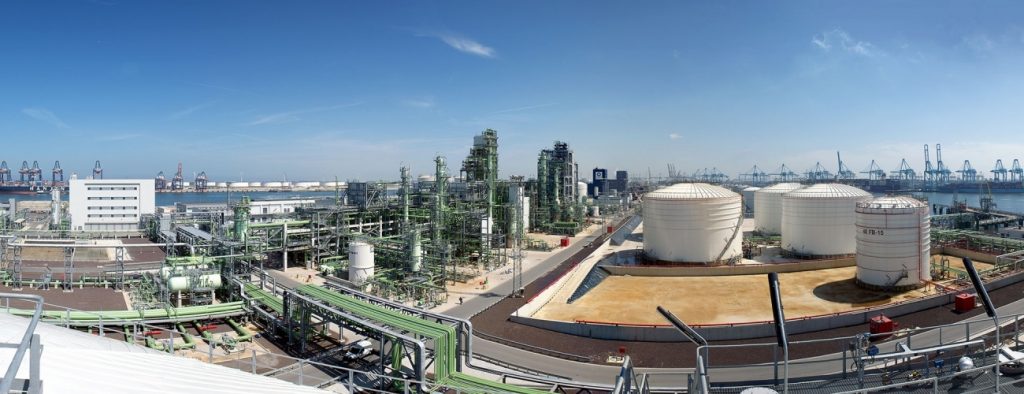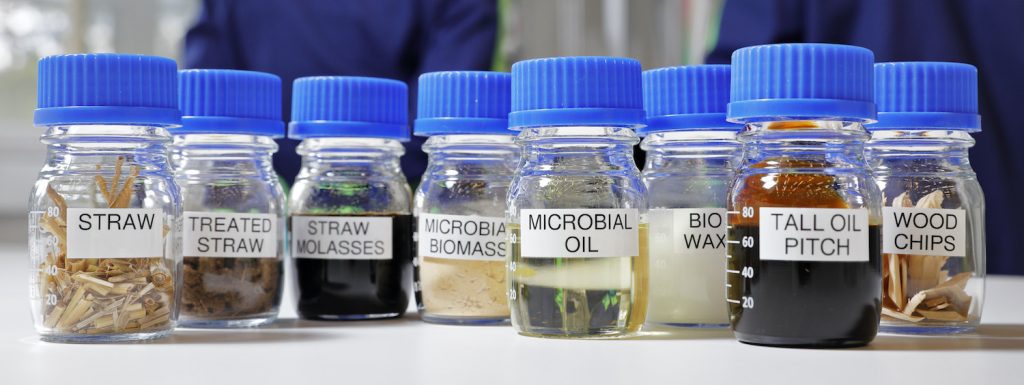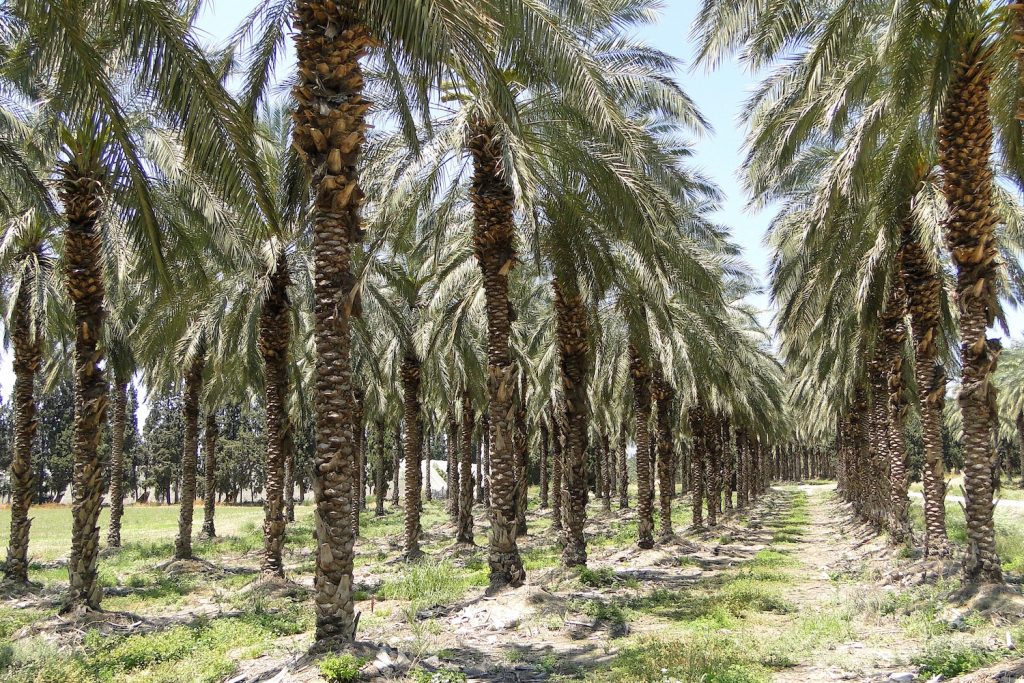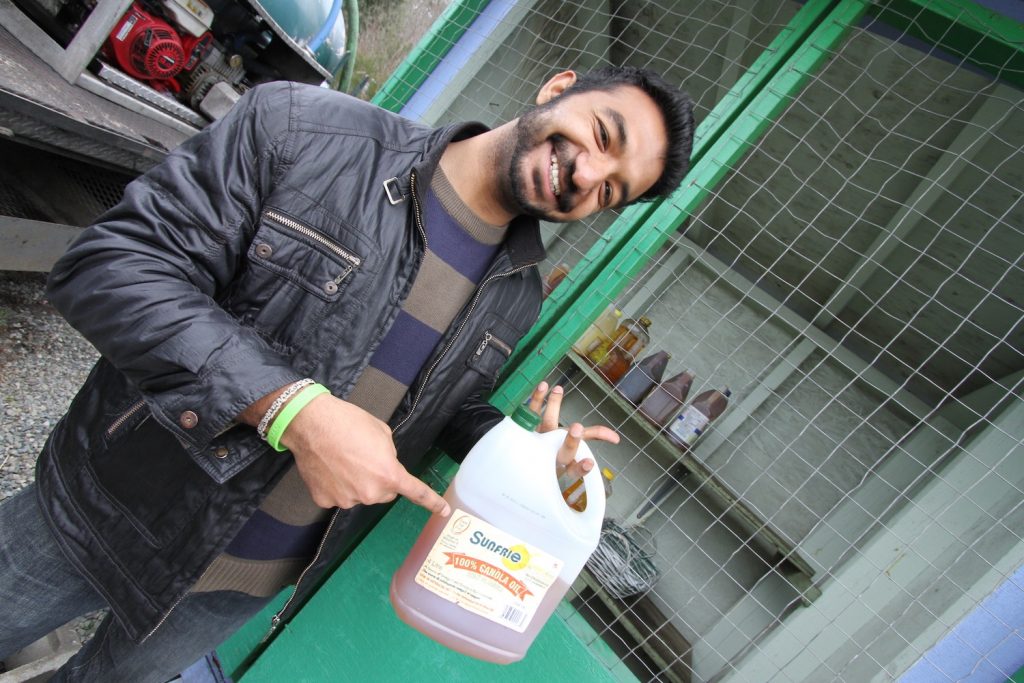By David Dodge and Kay Rollans
Neste, the Finnish company formerly known as Neste Oil, started developing renewable diesel fuels in the 1990s. At the time, few in the oil industry thought this was a good idea. Even fewer recognized it as the visionary move it has turned out to be.
Even the current president of Neste U.S., Jeremy Baines, a dyed-in-the-wool oil guy, was at first “quite skeptical about renewable fuels at the time. It was costly and it was maybe unrealistic,” says Baines.
But now, Neste’s early investment in renewable diesel seems to be paying off. The company started by building pilot plants in Finland. These were followed by major plants in Singapore and Rotterdam.
At 3.4 trillion liters per year, Neste is now the largest producer of renewable diesel in the world.
Early to the renewable fuel party
Jeremy Baines is an economist who studied in London. “I’m in the U.S. to help build out Neste’s presence, looking at market opportunities and really promoting renewable fuels and circular solutions for the U.S. market.”
Twenty years ago, this sort of thinking was, in Baines words, “early” for oil companies.
“I often like to say Neste has been too early. We were too early with low sulfur diesel. We were too early with unleaded gasoline. We were too early with low sulphur bunker fuels [and] arguably too early with renewable diesel.”
Baines says this chronic earliness made Neste’s first years of renewable diesel “very tough.” The market wasn’t there yet and legislation on alternative fuels wasn’t clear.
Then there were the myths about renewable fuels to counter. Baines heard it all: “It’s snake oil, it doesn’t exist. You can’t get it because it only exists in test tubes. It’ll kill your engine. … There were so many myths about it.”
Neste had to prove that it could seamlessly integrate into the existing diesel supply chain: They had to convince truck manufacturers that renewable diesel was OK to use in their trucks. They had to convince drivers, owners, and their peers in the oil industry that renewable diesel is a high-quality fuel.
In short, Baines says, “there were a lot of sleepless nights for a couple of years.”

Renewable diesel gets a foothold
But Neste persevered. By working with trade groups and customers, the company eventually got its message out.
Baines says those who were once incredulous began to change their tune. It sounded, he said, a bit like this: “So you are telling me that I can use my existing diesel engine, or I can use the existing engines in my plane, and I can drop in a fuel, which is better than the fossil fuel I am using today? And I reduce emissions by up to 80 per cent in terms of carbon dioxide and other pollutants? Wow.”
Today, suppliers, are seeking out renewable fuels. Neste now produces renewable diesel for trucks and even airlines such as KLM and Lufthansa.
In 2020, Neste is selling My Renewable Diesel — the renewable fuel it produces through its own process — at 70 fueling stations in Finland. It plans to expand to 120 stations this year. Other jurisdictions are also getting on board, including Vancouver with its carbon neutrality goal and Copenhagen with its plans to ban regular diesel-fueled cars from their roads by 2025.
After its early struggles, Neste’s renewable fuel is starting to be recognized as a “premium fuel”— and sometimes it even secures a premium price.
In the Corporate Knights 2020 Global 100 ranking of the world’s most sustainable companies, Neste ranks third overall and first among their peers.

Raw materials: The elephant in the room
Producing 3.4 trillion liters of renewable fuel requires a lot of raw material. “We need hundreds of millions of gallons of feedstock,” says Baines.
Raw materials for renewable fuels come from two main sources: waste oils and raw oils from crops. There are huge environmental benefits to using waste, and environmental impacts from using crops.
Using waste is great, Baines says, but it’s a logistical nightmare.
“It has to be collected from thousands — tens of thousands — of restaurants, aggregated, and then it needs to be processed because you need to take out all the sediment, all the little bits of French fries or bits of chicken that are being fried in it.”
Every supply is different, whether it’s animal fat or used cooking oil. “This is on a different order than it is in the petroleum industry where you stick a straw into the ground and your oil comes out,” says Baines.
Still, waste represents the majority of Neste’s raw materials. “Eighty per cent of our inputs are waste and residue materials. The other 20 per cent would still be vegetable oils, soybean oils, rapeseed oils, and those kind of oils,” says Baines.

When Neste does use raw oils, it puts significant effort into ensuring they are sustainable produced. For example, Neste publishes a dashboard that traces the sources of palm oil to their origins. The company will only use palm oil that has been produced by an organization “committed to sustainable working practices.”
The European Union wants, however, to phase out the use of palm oils in transport fuels by 2030, and Neste is constantly doing research into new and alternative sources of raw materials, including algae.
“One of the exciting things about our technology is that it doesn’t matter what feedstock we use, the end quality is always the same,” says Baines. This strategy of using diverse raw materials is critical to ensuring success, avoiding environmental impacts, and anticipating government policy changes.

The future is poly-fuelled
We often hear the expressions “the future is electric” and “electrify everything” touted as the keys to reducing emissions from fossil fuels. To an extent, Baines agrees: “I think electrification into the passenger car market is happening, and … that’s going to be an exciting future — to see more quiet, clean, electric cars on our roads.”
But as cities and states around the world begin modelling what an emissions-neutral future might look like, they all soon discover liquid fuels will be an ongoing necessity, even in the most aggressive energy transition scenarios.
“How do you power trucks and trains and planes and vessels that … require a lot of power to move? … Those are very, very challenging industries to electrify,” says Baines. He predicts we will need liquid fuels for decades. This being the case, he says “we need to make that smart transformation from fossil liquid fuel to a renewable liquid fuel.”

“I think it’s going to look like a poly-fuel world. There is no one magic bullet. It’s going be a combination of different technologies which are going to suit different markets,” said Baines.
A diversified fuel system may also be more resilient. Though COVID-19 crisis has led to a crash in demand for all fuels and (thanks to restaurant closures) the supply of waste organic oils, Baines says the company is still making money. “I think because we are diverse from the fossil industry, we have different types of economics and I think we are well-positioned to weather this storm.”
Neste’s transition journey has been a long and winding road. Today, renewable fuels make up about 20 per cent of Neste’s production. While they’ve come a long way, they still have a ways to go — but they have cleared the way for others.
I ended by asking Baines if Neste’s commitment to liquid renewable fuels has earned it a bad reputation in the rest of the oil industry. “We are showing a way of how you can transition from liquid fossil fuels to [liquid] renewable fuels,” he said. “Is that a bad thing? I don’t think so. Neste is in the business of fighting climate change and of making a better world for future generations. So, I don’t think that’s a bad place to be.





